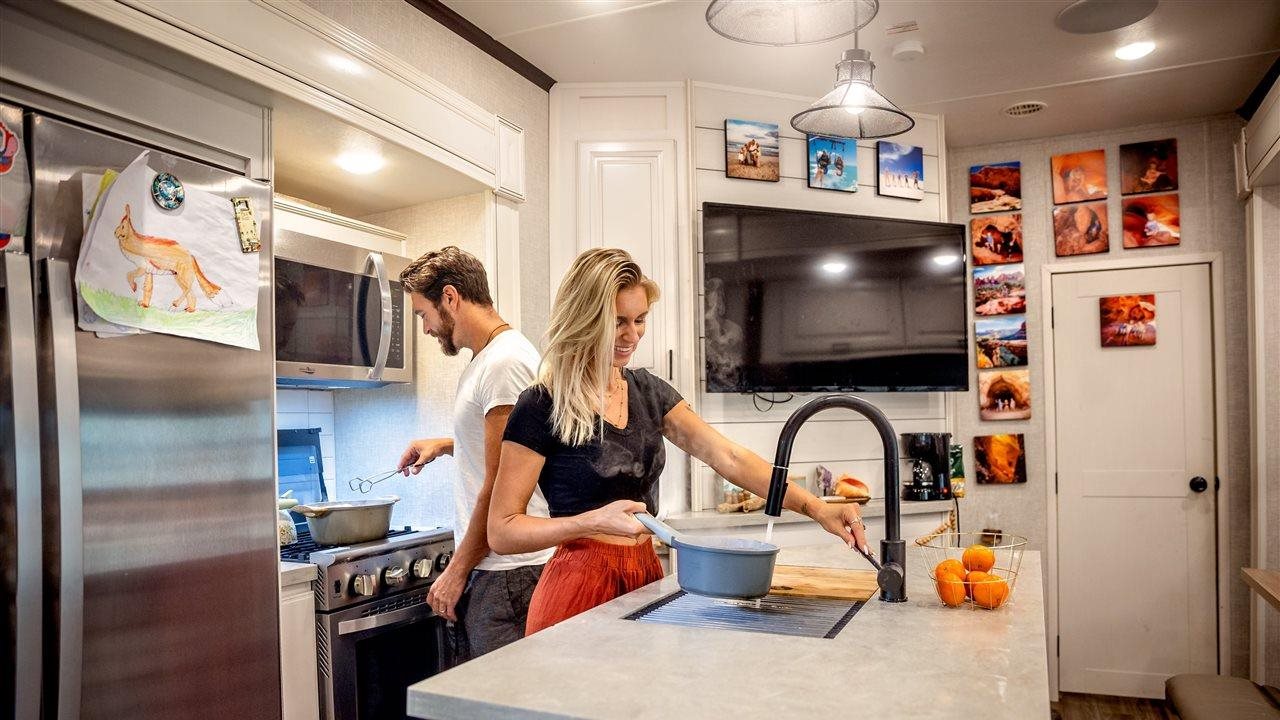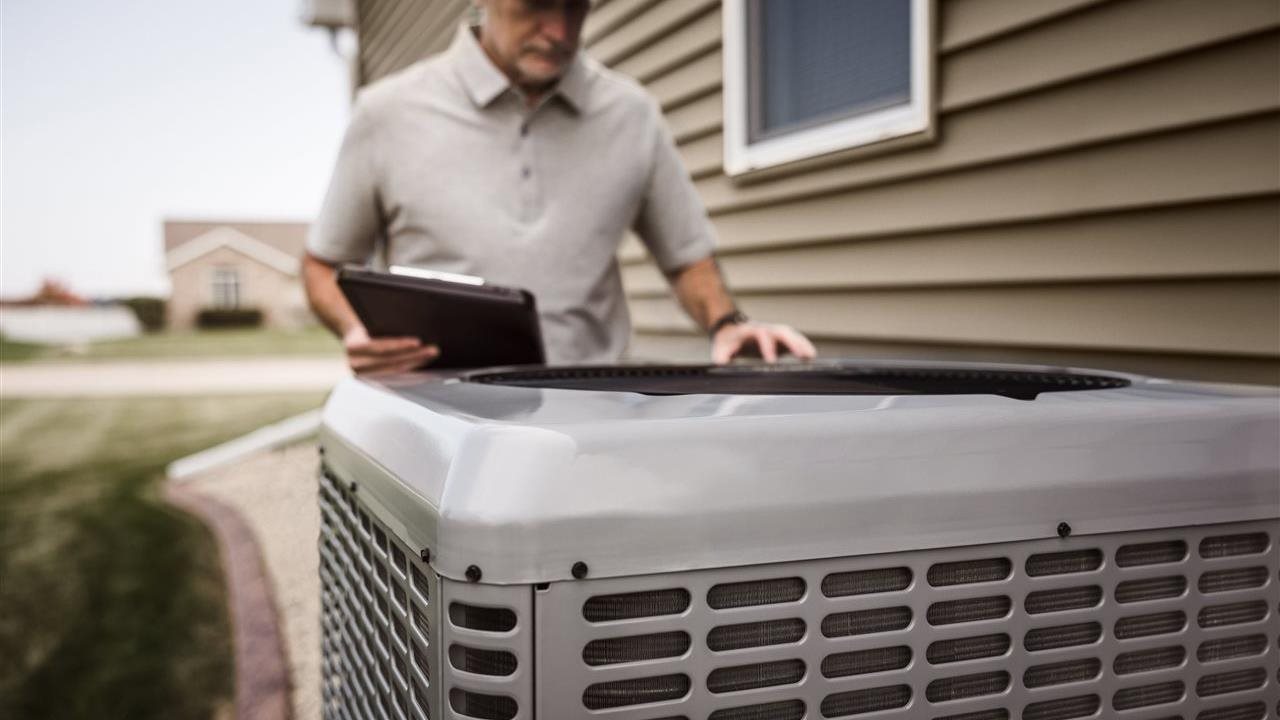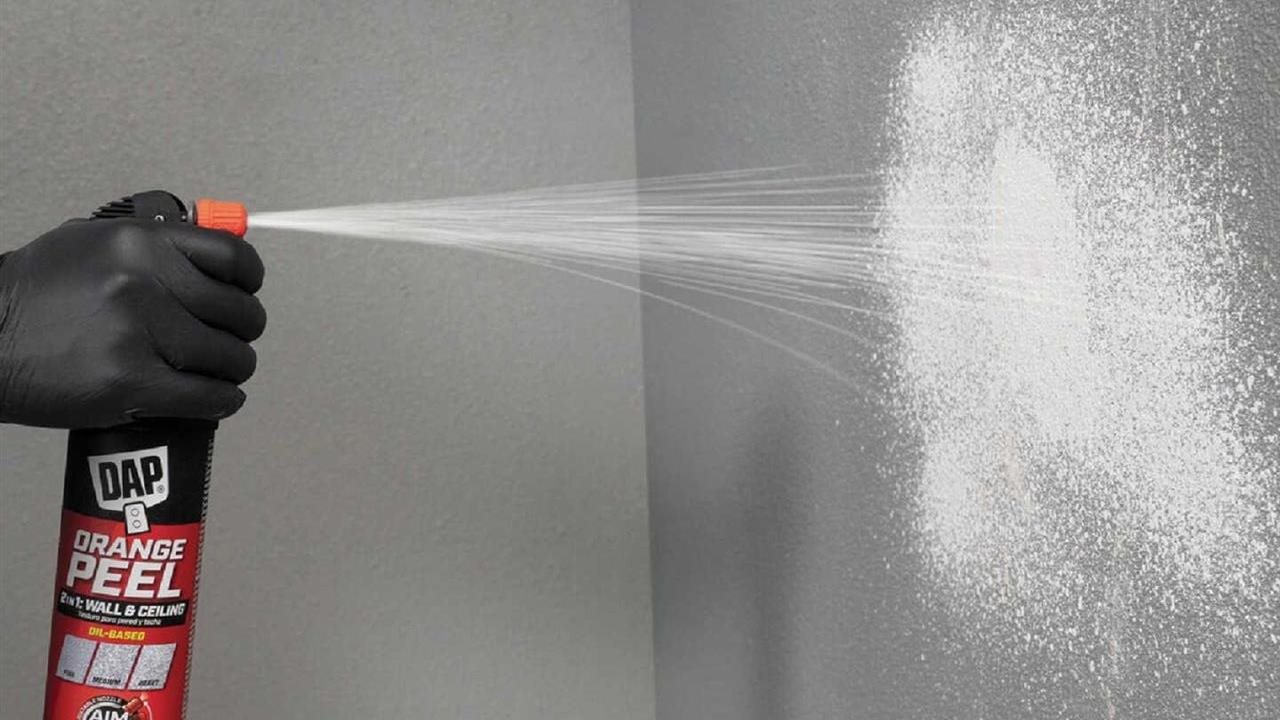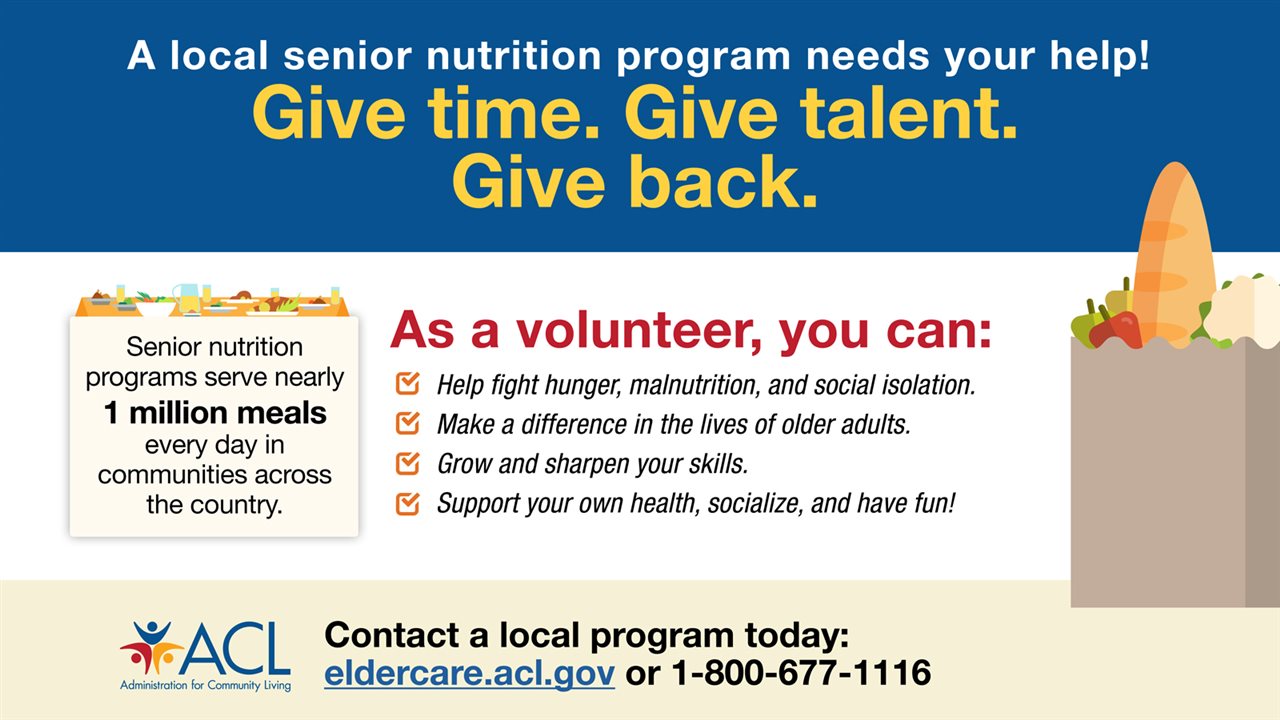2024-09-11T07:05:00
(BPT) – Do you find that your health and fitness take a back seat during the fall and winter months? As the temperatures drop and the days grow shorter, it can be difficult to motivate yourself to make healthy choices that support your well-being.
Instead of throwing in the towel, get ahead of the sluggishness of the colder months by taking proactive steps to prioritize wellness. Check out these five expert tips that can help you thrive this fall and winter with ease.
1. Set a smart routine
One of the best ways to set yourself up for health and fitness success during fall and winter is by establishing and maintaining a routine. For example, waking up and going to sleep at the same time each day can help ensure you’re getting enough rest every day.
That said, new routines can be hard to get into at the beginning. To help you toward your goal, set alarms and reminders on your phone or other devices to remind you when to go to bed and wake up. You can do the same to remind you to get some exercise and any other health and fitness goals you may have.
2. Caffeinate (wisely)
Caffeine can provide a needed boost of energy to start your morning on the right foot or help you stay focused during the afternoon. However, be careful how much caffeine you ingest. Too much caffeine can make you jittery and can disrupt your sleep patterns, leading to tiredness, stress and anxiety.
Instead of reaching for a cup of Joe or an energy drink, consider an exact or more controlled delivery and vitamin packed option like AdvoCare’s Spark powdered energy supplement. Each sugar-free stick pack offers 120 milligrams of caffeine, b vitamins and minerals that enhance mental focus and elevate energy levels. Available online or at CVS in 12 delicious flavors, Spark is your convenient and flavorful solution for sustained energy at home or on the go. To learn more, visit advocare.com/BrandptSpark.
3. Get moving
Even during the colder months, it’s important to move your body every day. The weather may prevent you from going on a walk or jogging outside, but you can still engage in an indoor workout for daily exercise.
Any activity will do. If you’re a social butterfly, a dance or group fitness class can make working out more fun, which may make it easier to do more consistently. If you want to pair exercise with mindfulness and meditation, yoga may be more your speed. Don’t worry if you can’t fit in an hour of exercise every day. Any amount of physical activity is better than none and help you feel better.
4. Double down on nutrition and immune support
Eating a balanced diet with a variety of nutrient-rich foods is key to maintaining your health and wellness. A well-rounded diet is especially important during fall and winter to boost your immunity during flu season. However, even the most balanced diets have nutritional gaps, so consider adding a nutritional supplement to your daily routine.
You could take pill supplements, but a convenient and tasty way to support your nutrition and immune system is with Spark. In addition to a moderate dose of caffeine, each dose contains vitamins A, B, C and E, zinc, copper, chromium and other vitamins that support a healthy immune system.
5. Manage stress
Stress is an inevitable part of life. Some stress can even be positive when managed properly to help motivate you to achieve your goals or meet a deadline. However, prolonged periods of stress can negatively affect your physical and mental health. For example, you may find that when you’re stressed you adopt poor eating and sleeping habits.
Try out different stress management strategies to keep your stress in check. Mindfulness techniques like meditation, deep breathing exercises or journaling can help ground you after a long day at work or before a big event. Incorporating self-care moments throughout the day, like taking a bath or reading in a quiet and cozy space, can also help you manage your stress.
Good health and fitness don’t happen by accident. Using these five tips, and with the support of your healthcare provider, you can invest in well-being and stay healthy and active all fall and winter long.






















